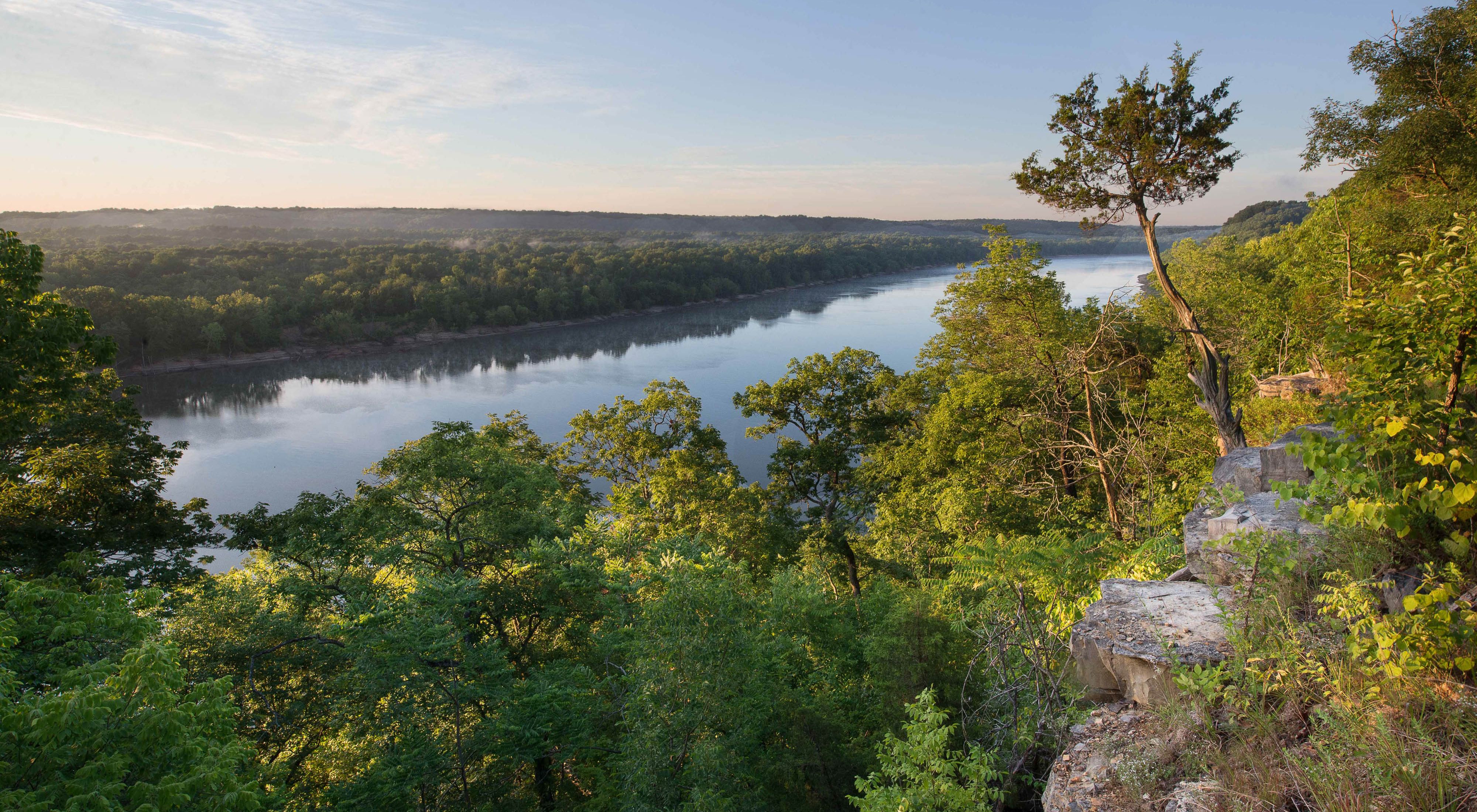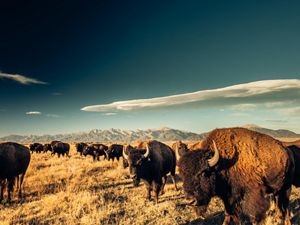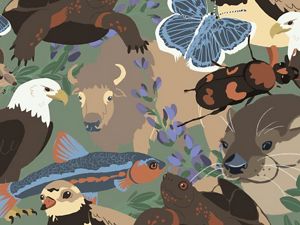Policy to Balance Development and Conservation Finalized
New policy adds consistency, safeguards for project development.
Media Contacts
-
Eric Bontrager
The Nature Conservancy
Email: eric.bontrager@tnc.org
The following is a statement by Kameran Onley, managing director of North American Policy and Government Relations, after the U.S. Fish and Wildlife Service released its new policy detailing how infrastructure and other development projects should balance development and conservation by avoiding, minimizing, and offsetting impacts to wildlife species and their habitats:
“The best outcomes for America’s wildlife and for development can only occur with clear, effective policies that recognize the needs of both. The U.S. Fish and Wildlife Service’s work to restore a wildlife mitigation policy that ensures consistency, transparency, and predictability for project proponents is both admirable and necessary for the agency to meet its mission and legal requirements.
“With the unprecedented decline of so many species, it’s imperative that we avoid, mitigate, or compensate for impacts to America’s wildlife and their habitats whenever possible. This policy will help reduce conflict between conservation and land use activities, allowing projects to succeed, minimizing species’ impacts, and continuing effective land stewardship. We look forward to continuing to work with the Service to implement this policy.”
The Nature Conservancy is a global conservation organization dedicated to conserving the lands and waters on which all life depends. Guided by science, we create innovative, on-the-ground solutions to our world’s toughest challenges so that nature and people can thrive together. We are tackling climate change, conserving lands, waters and oceans at an unprecedented scale, providing food and water sustainably and helping make cities more sustainable. The Nature Conservancy is working to make a lasting difference around the world in 81 countries and territories (40 by direct conservation impact and 41 through partners) through a collaborative approach that engages local communities, governments, the private sector, and other partners. To learn more, visit nature.org or follow @nature_press on X.


